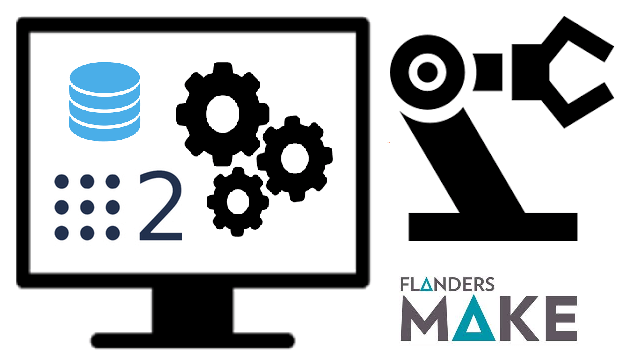Easy Programming
Topic outline
-

- Time < 1h
- Language: English
- Access: Free
- Level: Moderate
-
Robot programming is time consuming and expensive. The new market demand tends towards large customization and variability. As consequence, the robot program needs to be frequently modified to adapt the new products. This module introduces an easy programming solution using a intuitive interface for robot programming.
This first training will provide an introduction guide for a first user of this module. This training will give an explanation about how to start using this module. The user will learn how to access the files and receive a general explanation about the main code structure. The user will follow guidelines about how to properly configure a workspace for your code: how to download the code, build it and start the application.
The trained person will receive a basic overview of ROS2 and Docker. The user will have to use the basic bash command in Linux terminal, learn how to build a Docker image, and configure a Docker network. The user will also learn how to build a ROS2 project.
The operator will also receive an overview of a complete framework structure and what are its main components: from the Web page server to the low-level command that is sent to the robot.
-
University/Research Institute/Student, Manufacturing SME, Technology Provider/System Integrators, End Users, Engineers/IT Personnel
-
Basic Linux knowledge